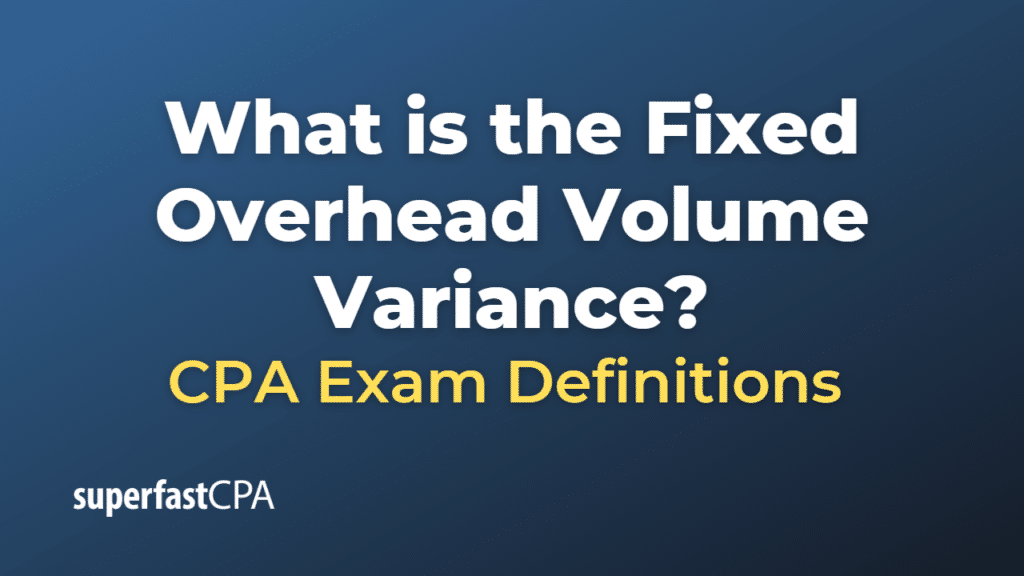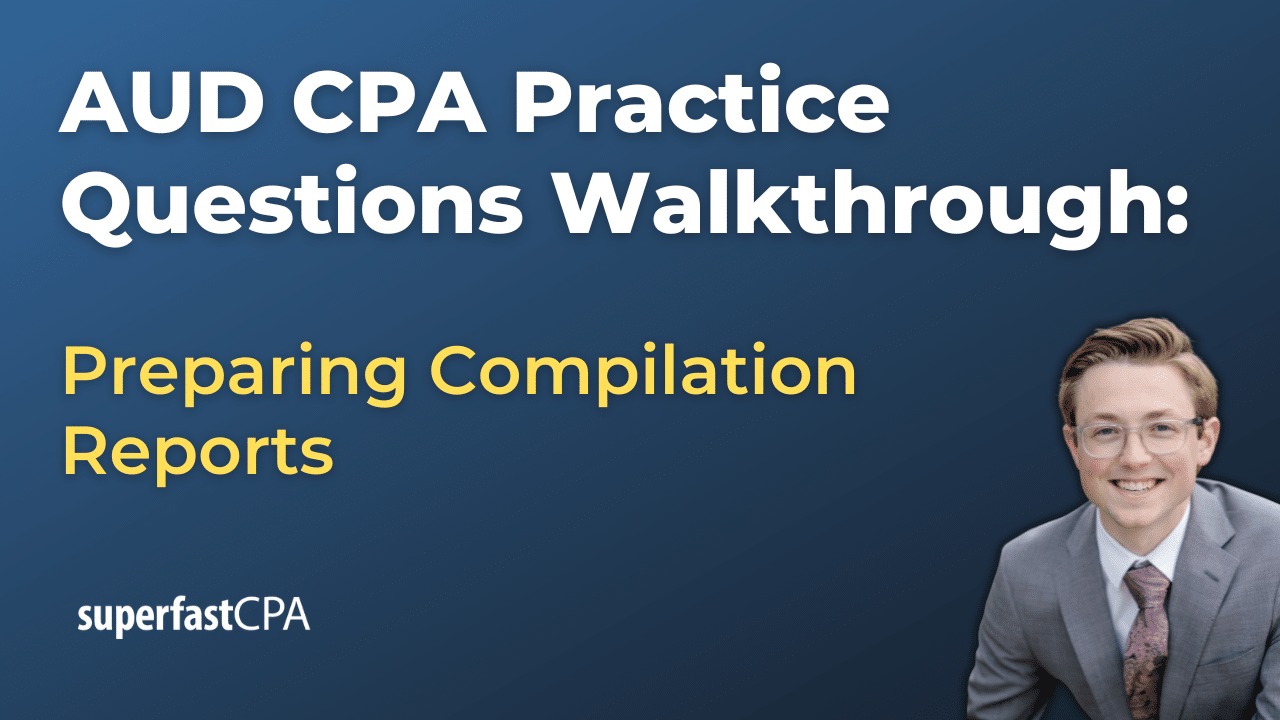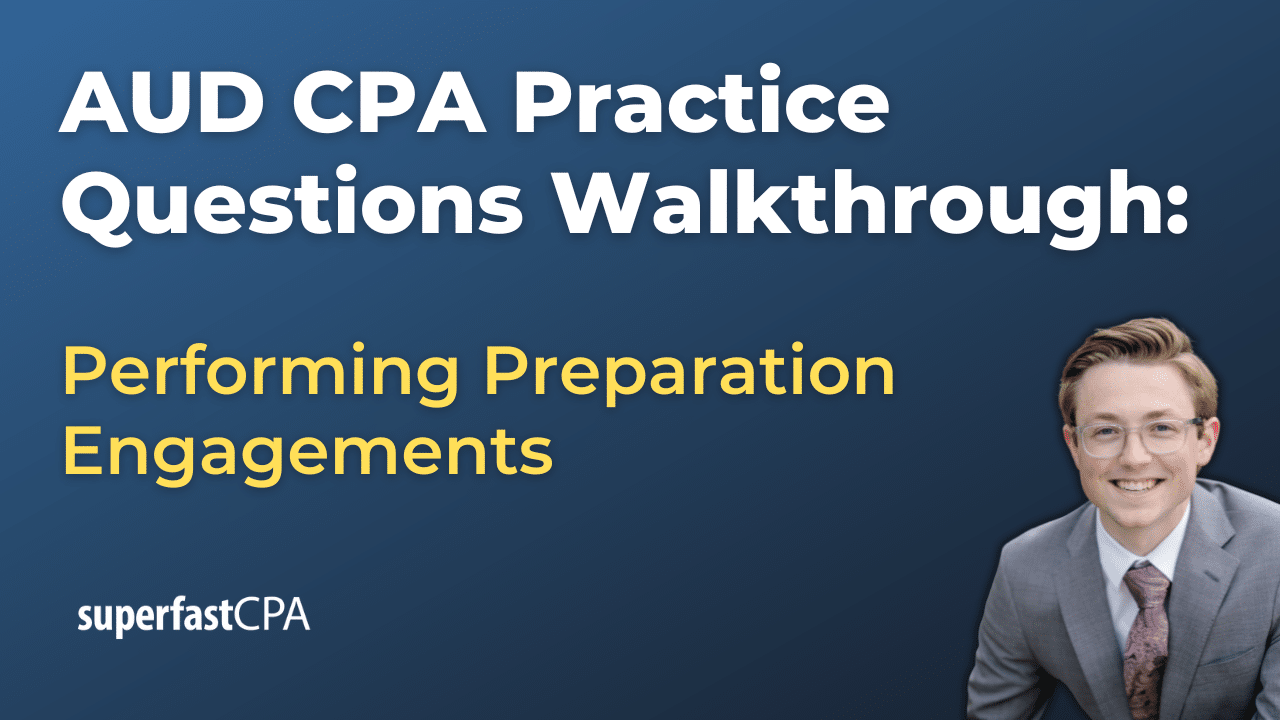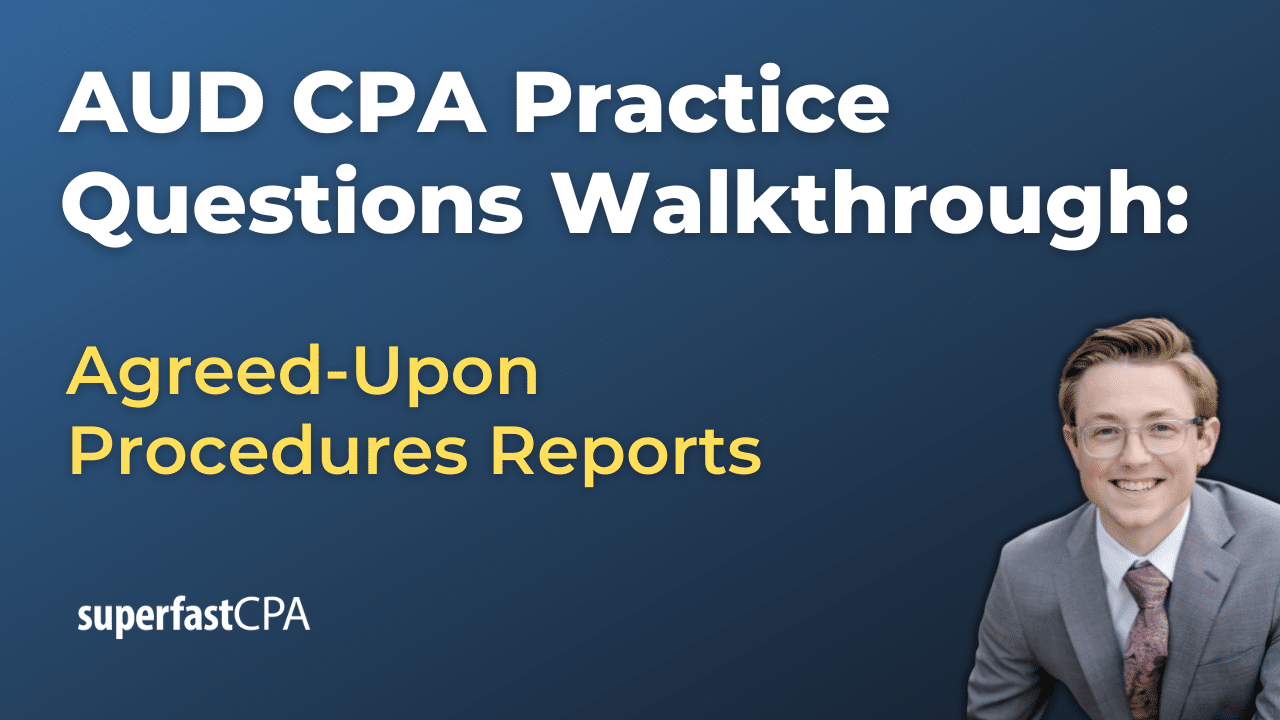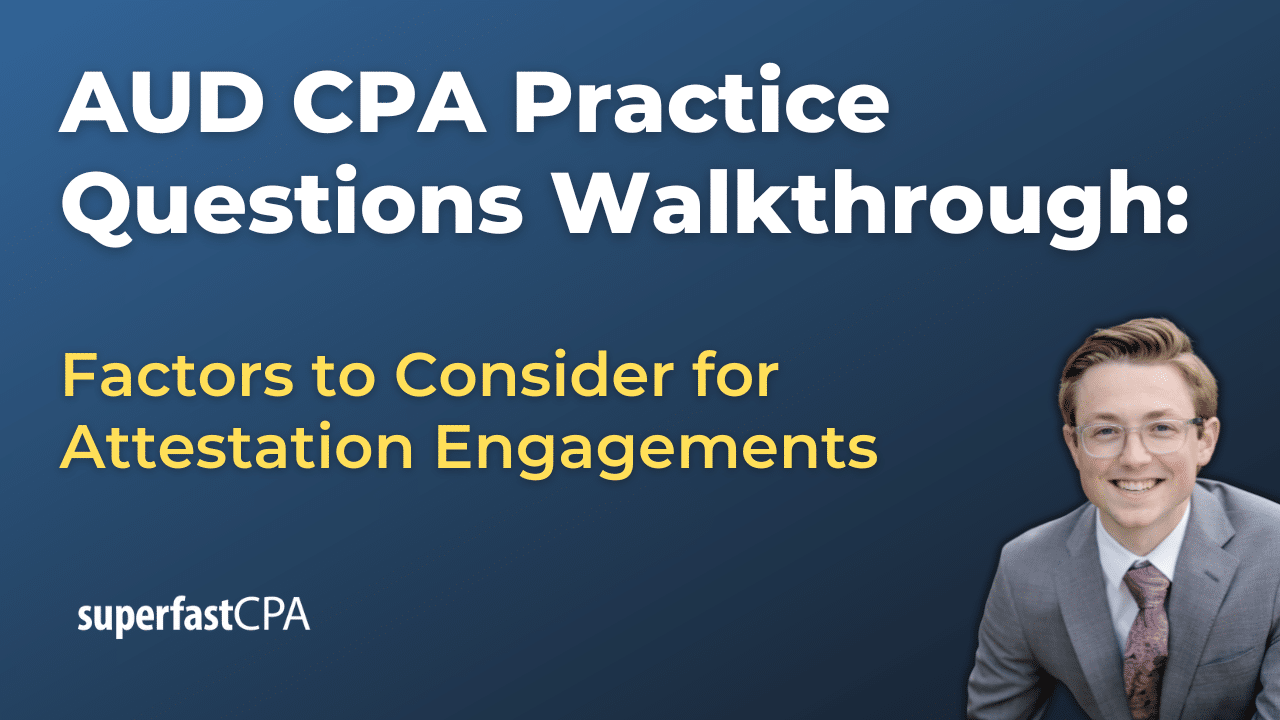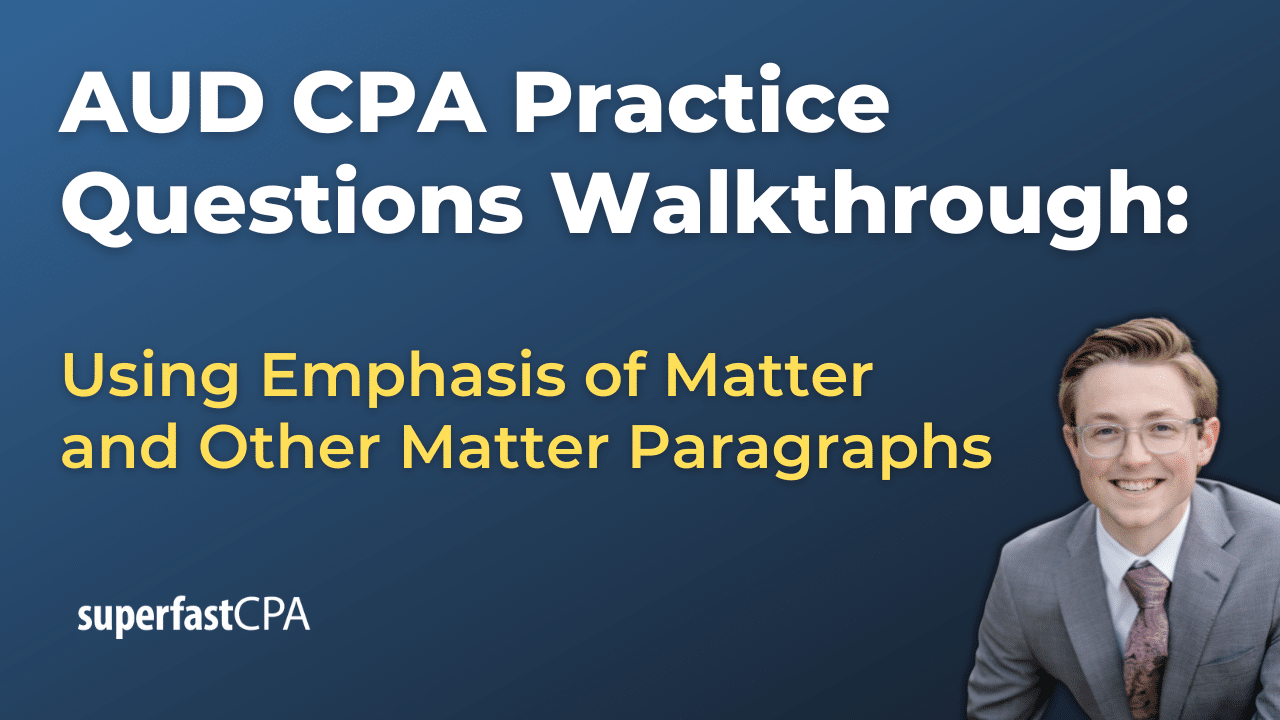Fixed Overhead Volume Variance
Fixed Overhead Volume Variance is a term used in cost accounting that measures the difference between the budgeted fixed overhead and the applied fixed overhead based on the standard hours allowed for the actual output achieved. It is used to assess the effectiveness of capacity utilization in the production process.
Here’s a breakdown:
- Budgeted Fixed Overhead: This is the total fixed manufacturing overhead that the company expected to incur for a specific period, such as a month or a year.
- Applied Fixed Overhead: This is the amount of the fixed overhead that is allocated to the actual production for a period. It is typically calculated by multiplying the predetermined overhead rate (based on the budgeted fixed overhead and expected activity level) by the standard hours allowed for the actual output achieved.
The Fixed Overhead Volume Variance is calculated as follows:
Fixed Overhead Volume Variance = Budgeted Fixed Overhead – Applied Fixed Overhead
- A positive variance (budgeted overhead > applied overhead) is unfavorable and indicates that the company produced less than it had planned for the period. This could be due to inefficiencies, machine breakdowns, or lower-than-expected demand.
- A negative variance (budgeted overhead < applied overhead) is favorable and indicates that the company produced more than it had planned. This could be due to higher-than-expected demand, improved efficiency, or longer working hours.
This variance helps management understand how effectively the company used its production capacity. However, it’s important to note that this variance doesn’t measure the control of costs; it is strictly a measure of volume.
Example of the Fixed Overhead Volume Variance
Let’s consider a hypothetical example of a company that makes furniture.
Suppose the company budgeted $60,000 for its fixed manufacturing overhead costs for the month, which includes things like rent for the factory, the salaries of permanent staff, and depreciation of machinery.
The company also estimated that it would produce 1,000 pieces of furniture during the month, working 5,000 hours in total. This gives a predetermined overhead rate of $12 per hour ($60,000 / 5,000 hours).
Now let’s look at two scenarios:
- Unfavorable Variance: Suppose that due to slower demand, the company only produced 900 pieces of furniture during the month, working 4,500 hours in total. The applied overhead would be $54,000 ($12 per hour * 4,500 hours). The fixed overhead volume variance would be $6,000 ($60,000 budgeted – $54,000 applied), which is unfavorable. This is because the company utilized less of its capacity than planned.
- Favorable Variance: On the other hand, if the company produced 1,100 pieces of furniture working 5,500 hours, the applied overhead would be $66,000 ($12 per hour * 5,500 hours). In this case, the fixed overhead volume variance would be -$6,000 ($60,000 budgeted – $66,000 applied), which is favorable. This is because the company utilized more of its capacity than planned.
Remember, this variance strictly measures volume and does not indicate whether the company has controlled its fixed overhead costs effectively. Other variances, such as the fixed overhead spending variance, should be analyzed for that purpose.

